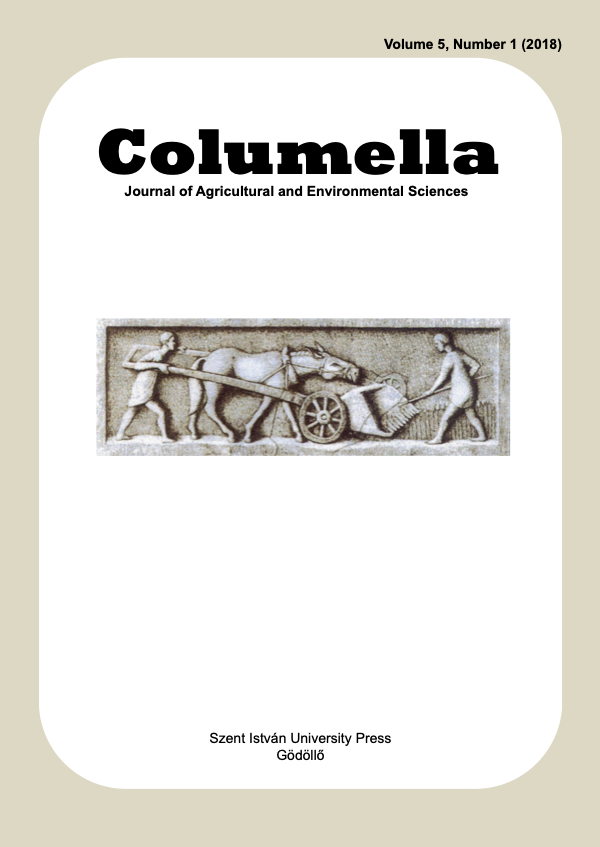Feeding preference of three Collembola species on two plant residues
DOI:
https://doi.org/10.18380/SZIE.COLUM.2018.5.1.45Keywords:
springtails, food preference, decomposition, fecal pellet count, Folsomia candidaAbstract
This study formed the part of an extended climate change experiment that focuses on the ways climate change may affect the species composition and the ecological processes of vulnerable open sand grasslands. The project is conducted in a natural shrubland-grassland ecosystem in the Kiskunság National Park. This is an arid area, and the members of macrofauna are almost completely lacking from these soils. Collembola presumably plays an important role in the direct decomposition processes, beyond the indirect regulation of the microbiota. Previously, we found a higher decomposition rate for grass leaves as compared to grass roots and faster decomposition of one dominant grass species (Festuca vaginata) over the other (Stipa borysthenica) in this experimental system.
In the present study, we investigated in a laboratory experiment, whether higher decomposition rate may be related to food preference of potential decomposer species in the system, and posed the following questions: (i) is there a preference in the food choice of three springtails species (Folsomia fimetaria, F. candida, Sinella magyari) between the roots and leaves of the two dominant plant species (Stipa borythenica, Festuca vaginata) and between the roots and leaves of the same species? (ii) can the C/N ratio and lignin content of plants as background variable explain such preference?
Significant differences were found in the food preference of all Collembola species between the two parts of the plants and in some case between the two plant species. The leaves and Festuca vaginata were more preferred food type as compared to roots and Stipa borysthenica. The chemical composition of the plant parts well explained the observed patterns, especially the N and lignin content of the leaves and roots.
Downloads
Published
Issue
Section
License
Copyright (c) 2018 Anikó Seres, Judit Szakálas, Gergely Boros, Gábor Ónodi, György Kröel-Dulay, Péter Nagy

This work is licensed under a Creative Commons Attribution-NonCommercial-NoDerivatives 4.0 International License.






